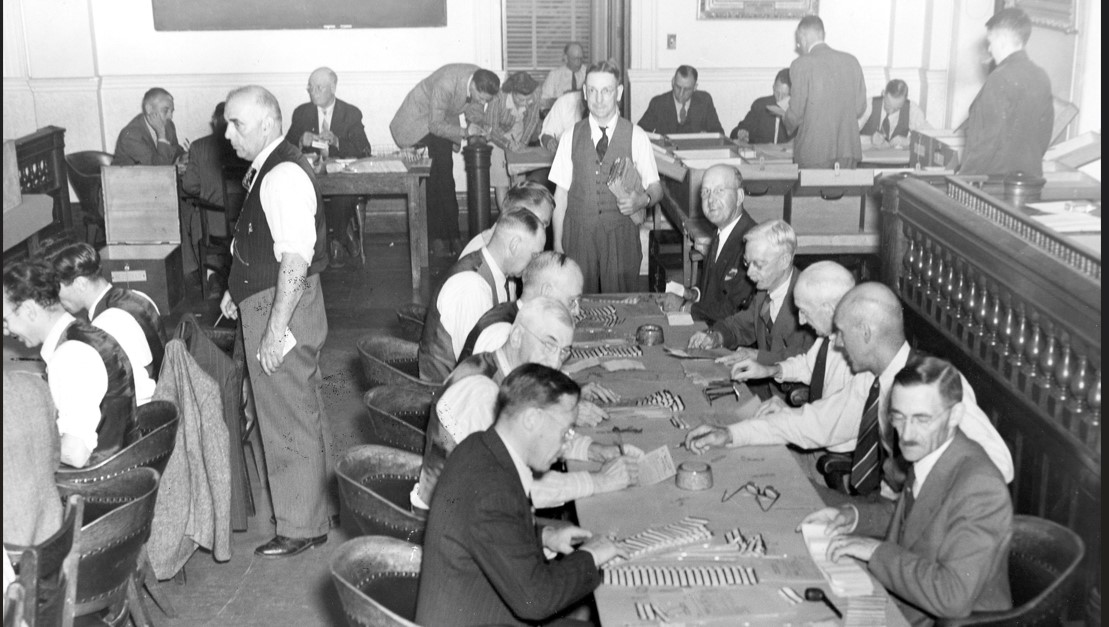Calgary Votes
Calgary's election evolution
1800's
1800's
From Calgary’s beginnings to the early 1880s, governance of the small settlement was led by the Lieutenant-Governor and an appointed Council of five members.
As the growing population pressed for municipal self-government, citizens gathered in early 1884 to elect a civic committee. In November of that year, Calgary was incorporated as a town.
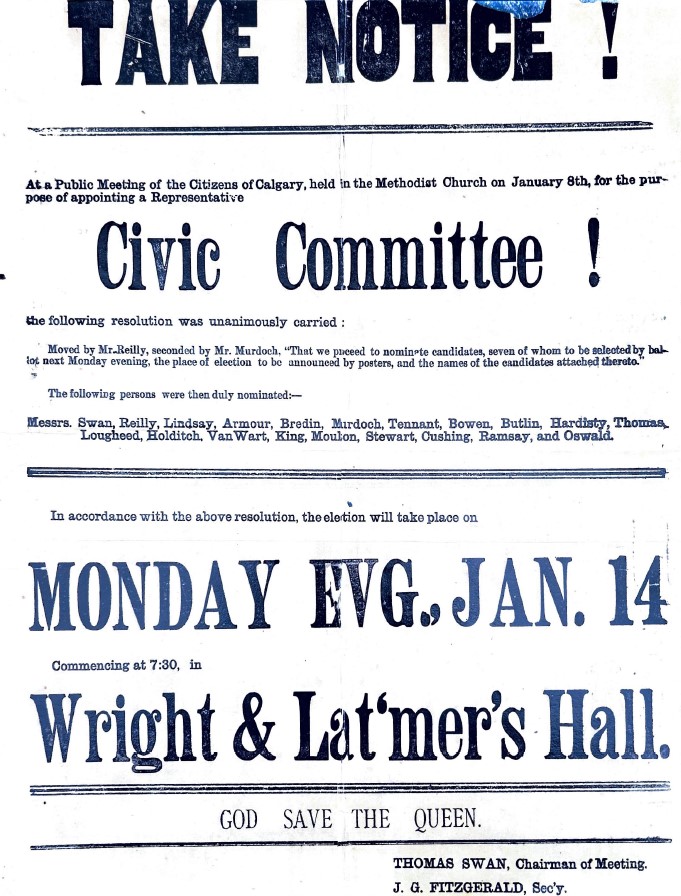
Calgary’s first civic election, to appoint a representative Civic Committee, was held on January 14, 1884, in Wright & Latmer’s Hall.
Before the election of the committee members, a motion was made to reopen the nominations for candidates. The motion was carried, and four more candidates were added to the list, now totaling 24.
The names of the candidates and the numbers of votes received were recorded in the meeting minutes. The seven top candidates were declared elected, as confirmed in the minutes.
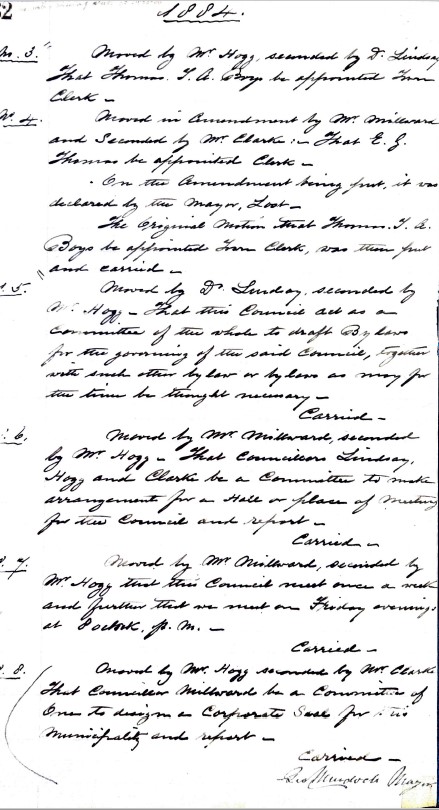
Calgary’s First Town Council:
Back Row, Left to Right: S.J. Hogg, Councillor; J. Campbell, Assessor; H. Blecher, Town Solicitor; Dr. N.J. Lindsay, Councillor; J.H. Millward, Councillor; S.J. Clarke, Councillor; J.S. Ingram, Chief of Police; J.S. Douglas, Collector; I.S. Freeze, Councillor.
Front Row, Left to Right: George Murdoch, Mayor; L. Sparrow, Treasurer; Thomas A. Boys, Town Clerk.
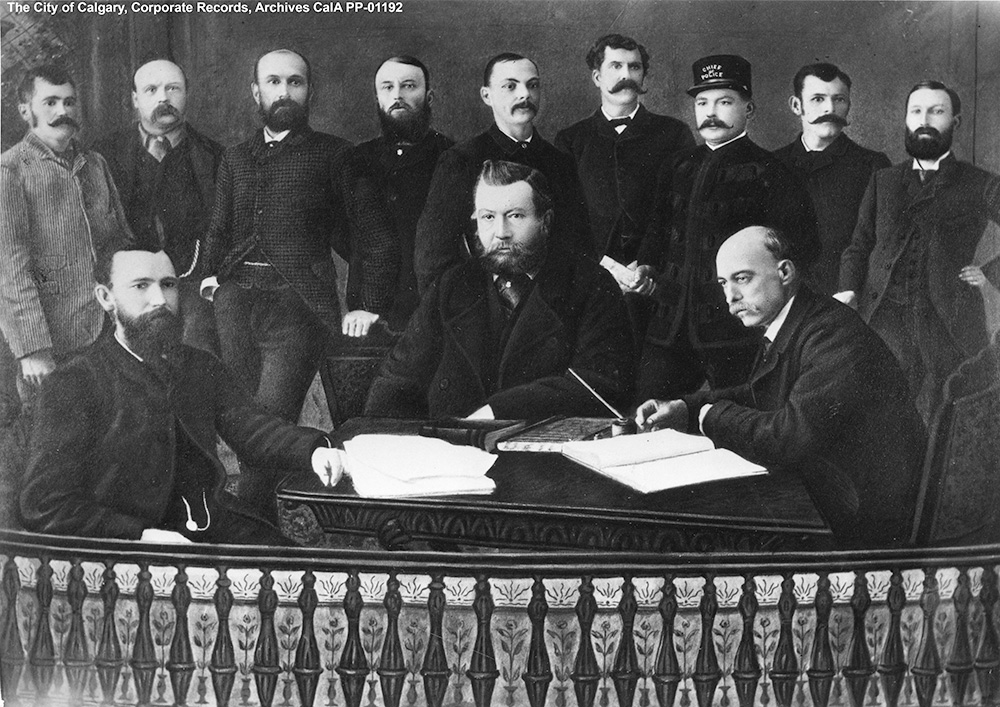
The first Municipal General Election was held on December 3, 1884. The first meeting of the Council of The Corporation of the Municipality of the Town of Calgary was held in Boynton Hall on December 4, 1884, called by Mr. Elliott, the Returning Officer.
The Town of Calgary now had a Council and the business of being a town was underway, beginning with the appointment of a Town Clerk, tasked with drafting bylaws to govern Council, and designing a corporate seal for the municipality.
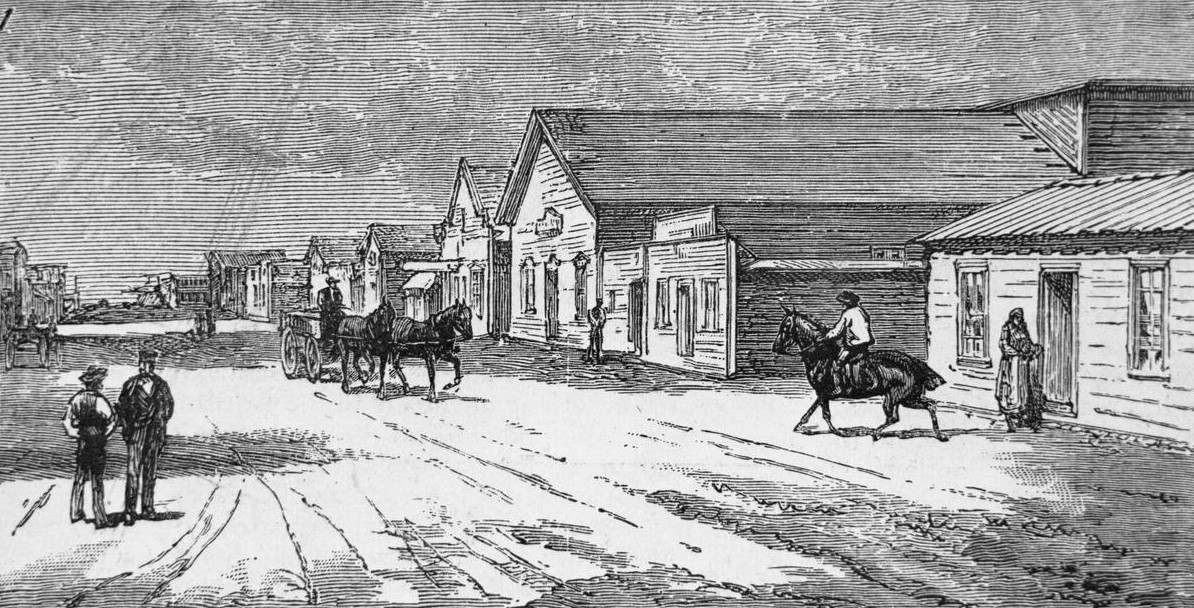
By-Law No. 212 provided for ratepayers to vote on the City Charter on October 16, 1893.
Ratepayers with names beginning with the letters A to L inclusive were to cast their votes at the Town Hall. Those with names beginning with the letters M to Z inclusive were to vote at the office of Bourchiere & Goulin on Stephen Avenue.
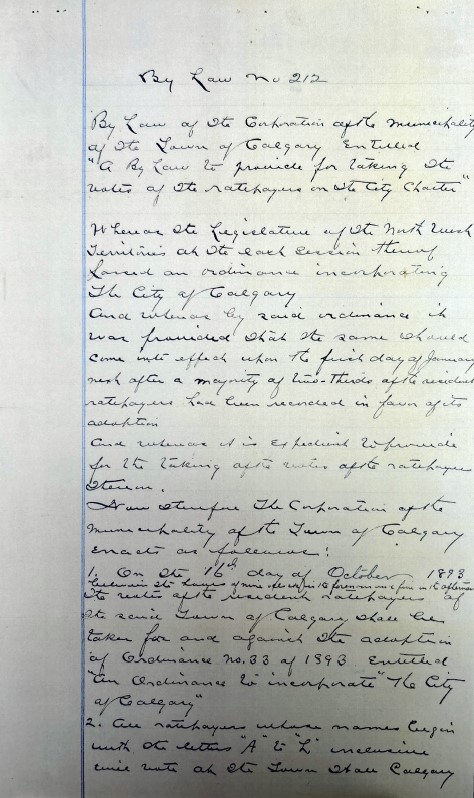
1900 - 1920s
1900 - 1920s
Oath of Qualification and Oath of Office
1904 examples of the Oath of Qualification for Members of Council and the Oath of Office.
These are the oaths of Alderman Simon John Clarke, elected as Alderman in 1904. He was one of the first Councillors for the Town of Calgary.
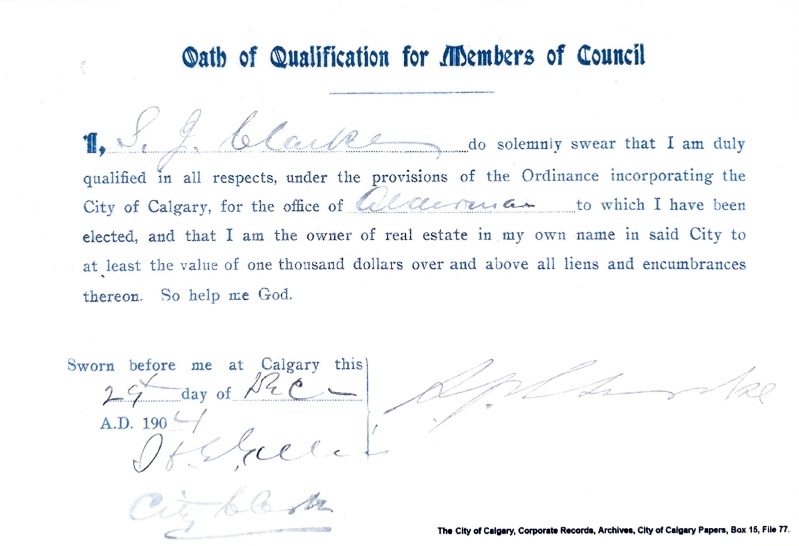
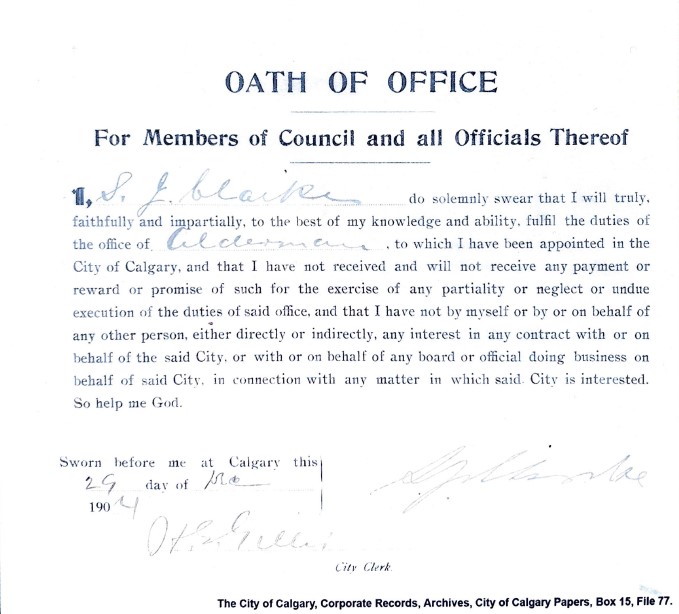
Women Represented on Council
1913 marked a turning point for women participating in local politics. Ordinance No. 33 of 1893 was amended, and women could now serve on the City Council. The first female Alderman was Annie Gale, who was elected in December 1917.
Mrs. Gale was followed by Edith Patterson in December 1926. 1929 marked the first time two women could serve on the City Council.
A full 23 years lapsed before the number increased to three.
Between 1960 and 1971, no women served.
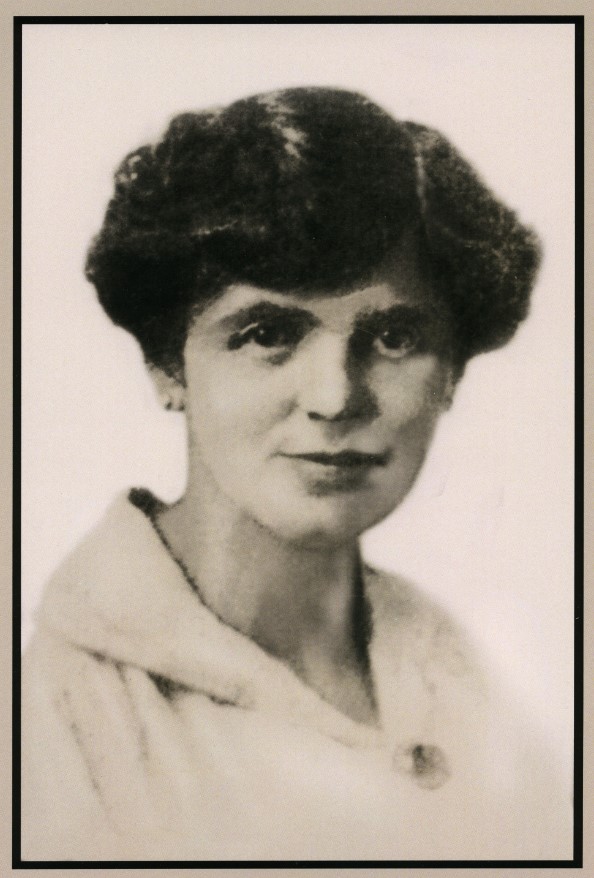
Proportional Representation
Calgarians voted in 1916 to adopt a new system of electing candidates for council and the school boards. Calgary was one of the first municipalities in North America to try the Hare-Spence system, commonly referred to as Proportional Representation.
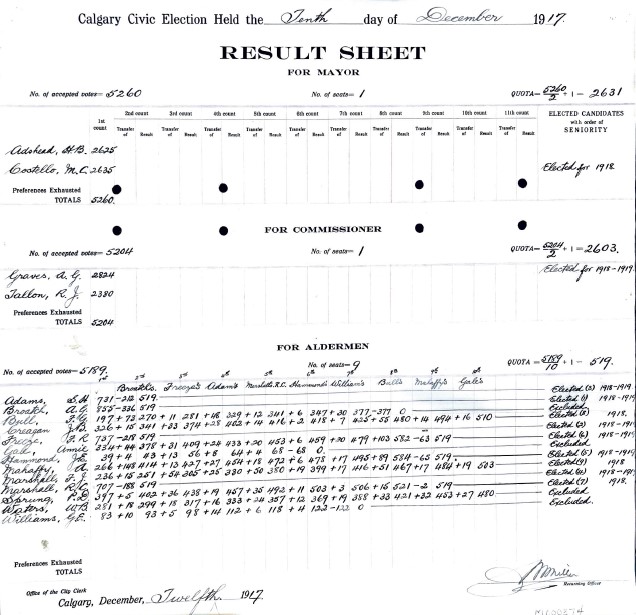
Proportional Representation allowed voters to vote for slates of candidates with sympathetic views. This encouraged parties or co-operative associations to enter the world of municipal politics. They were often supported by provincial or national parties. The Civic Government Association, Civic Reform Association, Labour, Communists, and others jostled for control of the council.
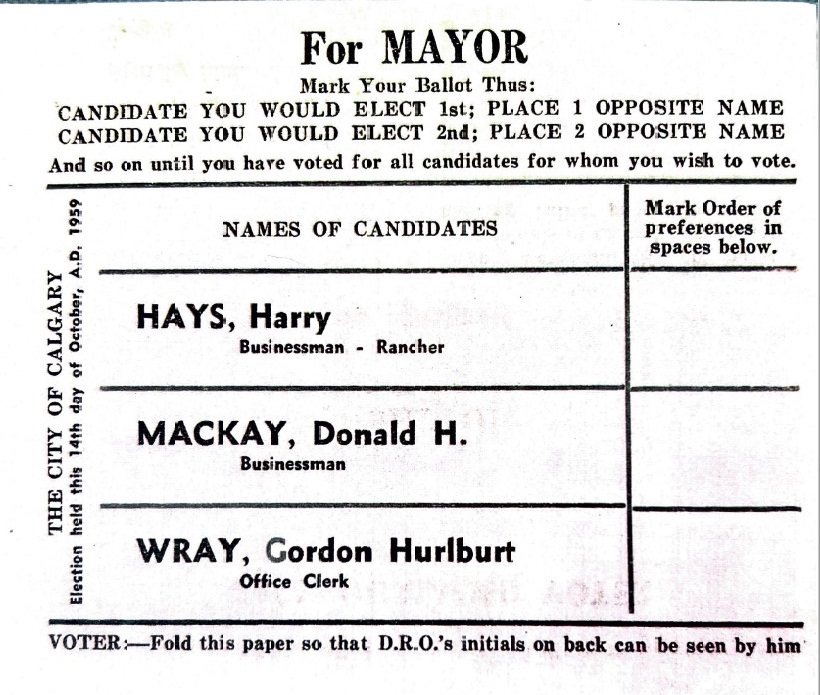
This colored graph of the 1923 Aldermanic race shows how surplus votes were transferred from successful candidates to those un-elected.
Striped lines indicate the distribution of votes from a candidate who met the quota in the first count. Votes from candidates declared eliminated – blue, green, and brown – were re-assigned.
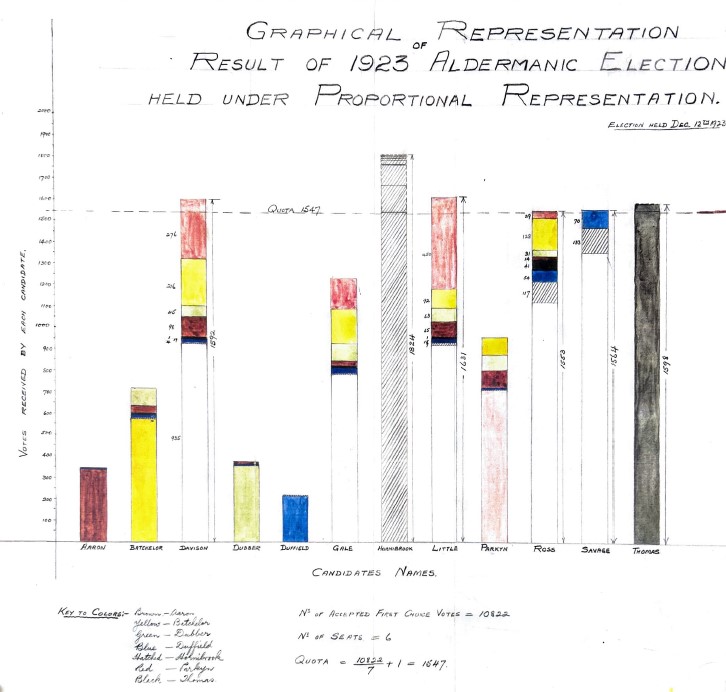
Delivering an Election
Elections required significant organization, and detailed instructions were provided for managing the polling stations.
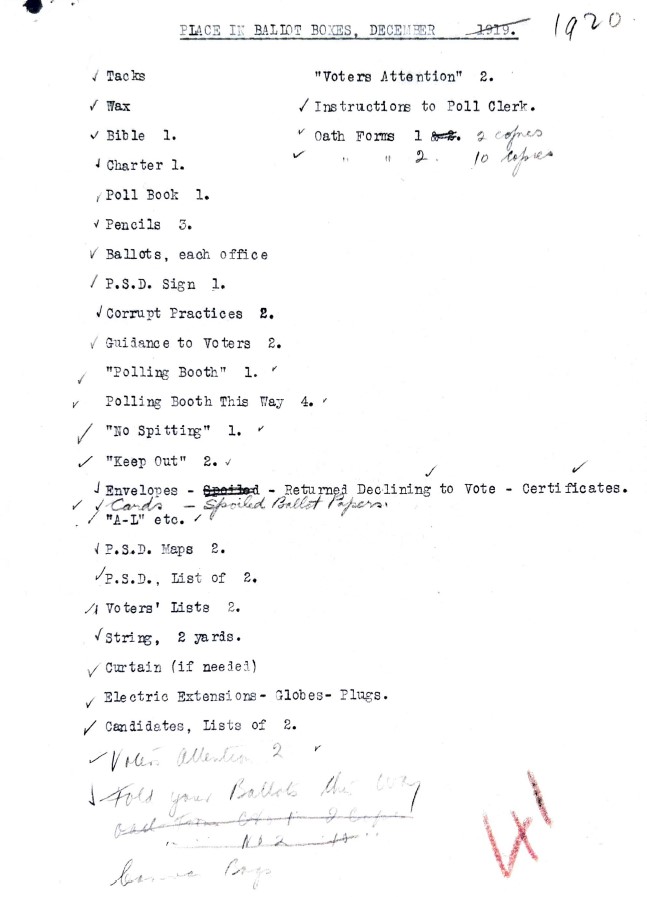
This is a photograph of men counting ballots at City Hall during a municipal election.
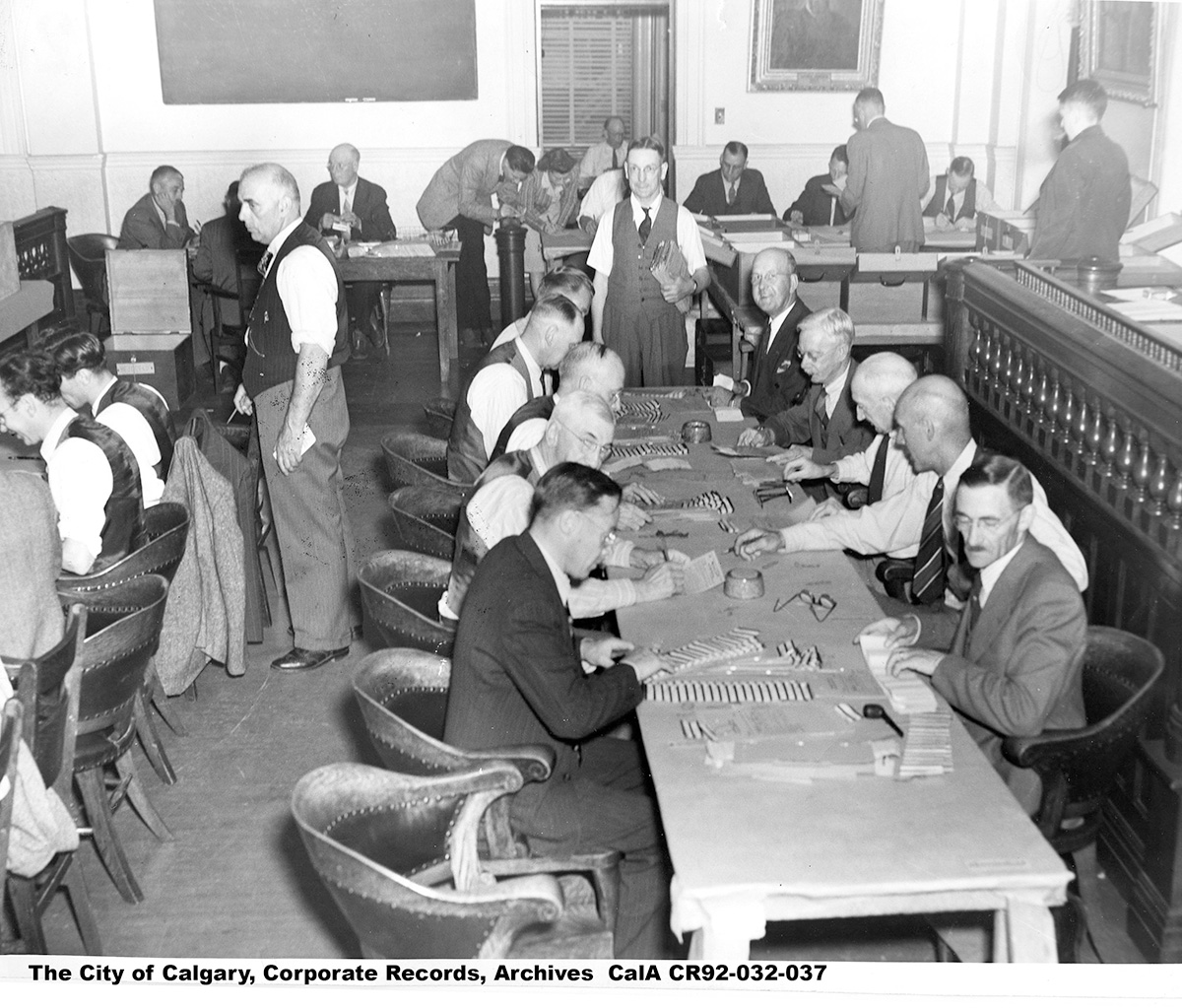
Plebiscites
Elections are often used to obtain popular vote on issues that tend to have significant impact on the community or are contentious in some way.
Some of the plebiscites over the years have included:
1916 – Proportional Representation
1923 – Length of Mayoral Term
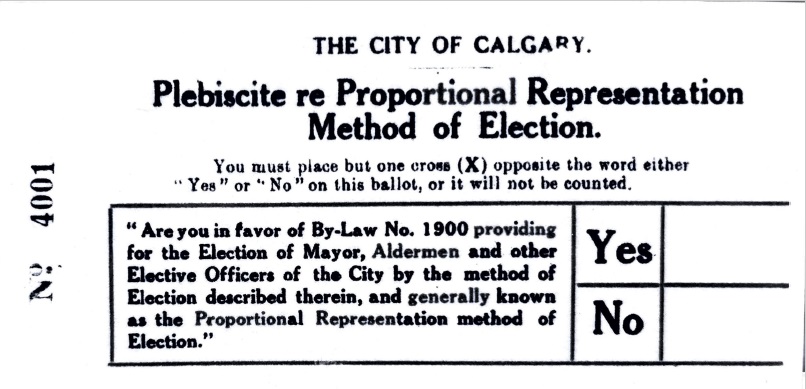
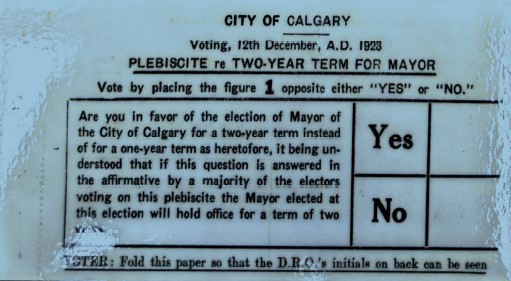
1960 - 2020
1960 - 2020
Re-introduction of a Ward System
The 1960 Municipal Election included a plebiscite question asking if citizens wished to return to a ward system of selecting representation for Council.
Votes were in favor of this change, and Calgary was divided into six wards, each represented by two Aldermen who sat for two-year terms.
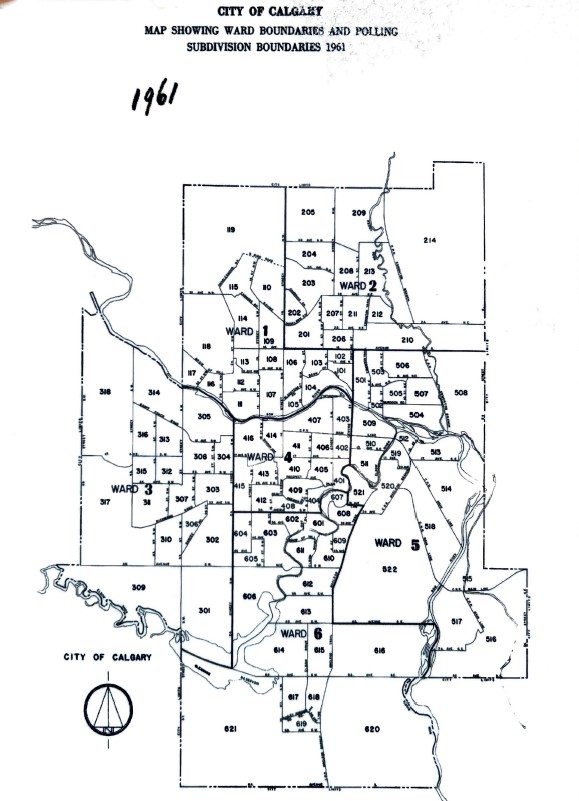
Proportional representation continued until 1973, when our current method of selecting candidates with a single “X” on a ballot began.
Ballots from 1971 and 1974 show the difference between the two systems.
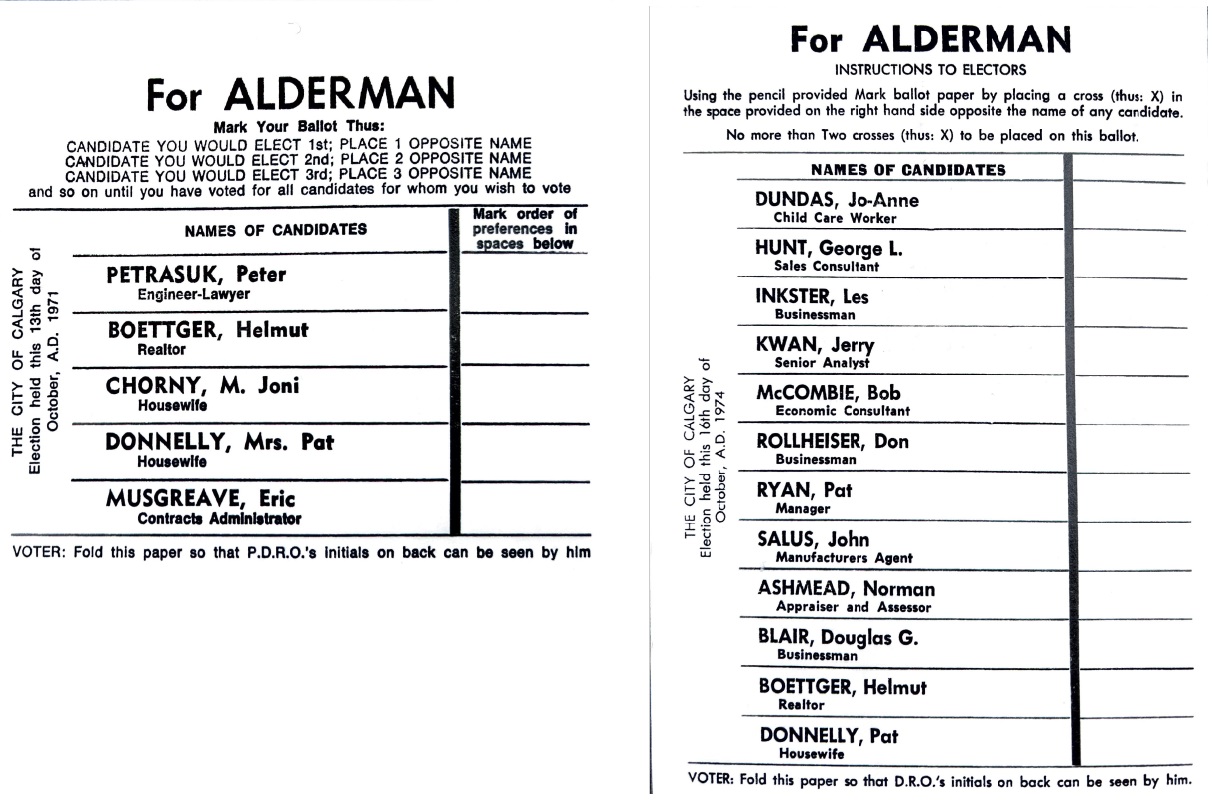
Long-Serving Aldermen – Ernie Starr
Ernie Starr entered civic politics in 1938 and served on the Calgary School Board for two years. He was first elected to City Council in 1940, where he then served a total of 25 years as a City Alderman from January 1941 until September 1966.
Ernie Starr was often amusingly described as a “civic institution.” Alderman Starr’s service to the city was recognized by the opening of the Ernie Starr Arena at 14th Avenue and 48th Street, S.E., in 1969.
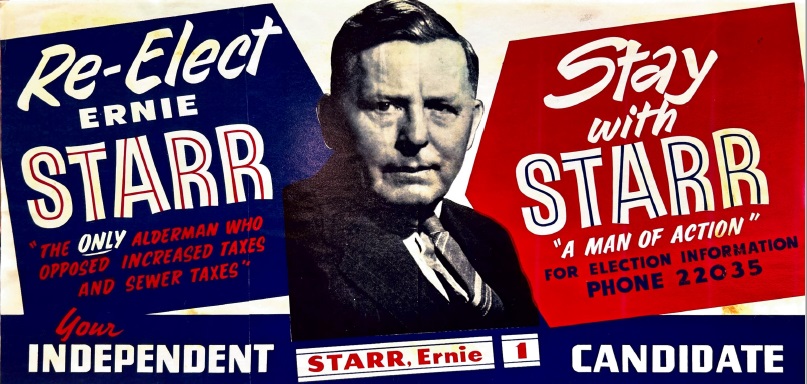
Alderman Virnetta Anderson, 1974-1977
Virnetta Anderson, an active church and community volunteer, was elected to City Council in 1974. Virnetta was the first woman of a visible minority on the City Council.
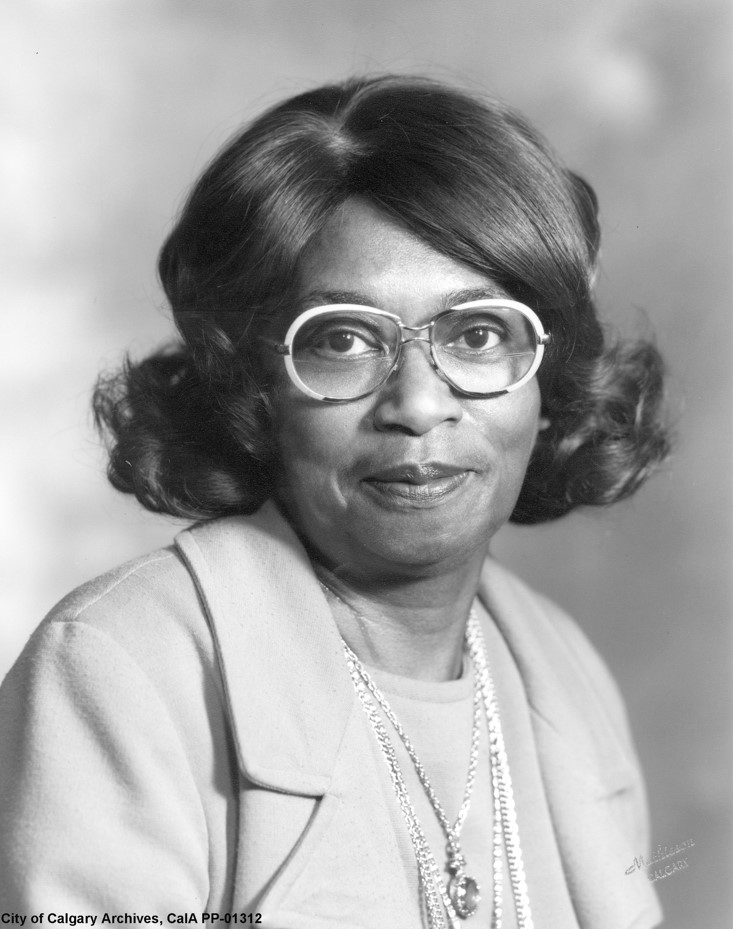
City of Calgary Ward Boundaries
By 1998, Calgary’s City Council had grown to 14 wards; however, they looked different from our current wards.
Comparison of the 14 ward boundaries between 1998 and 2025.
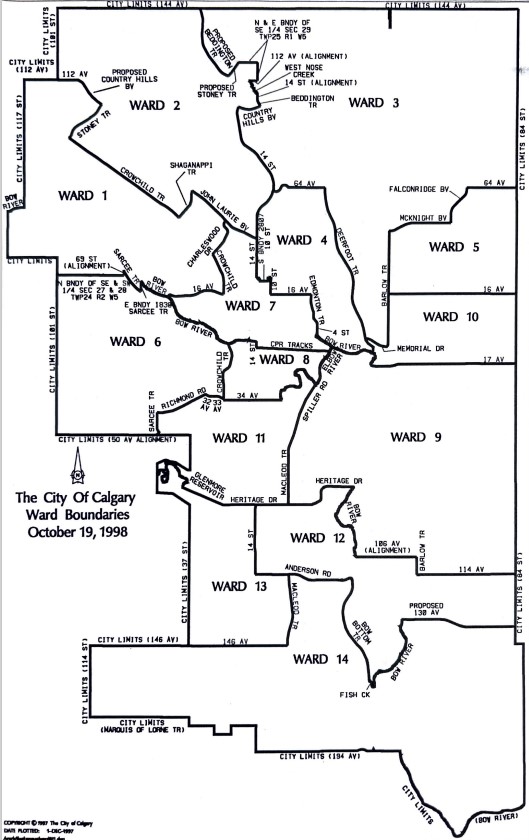
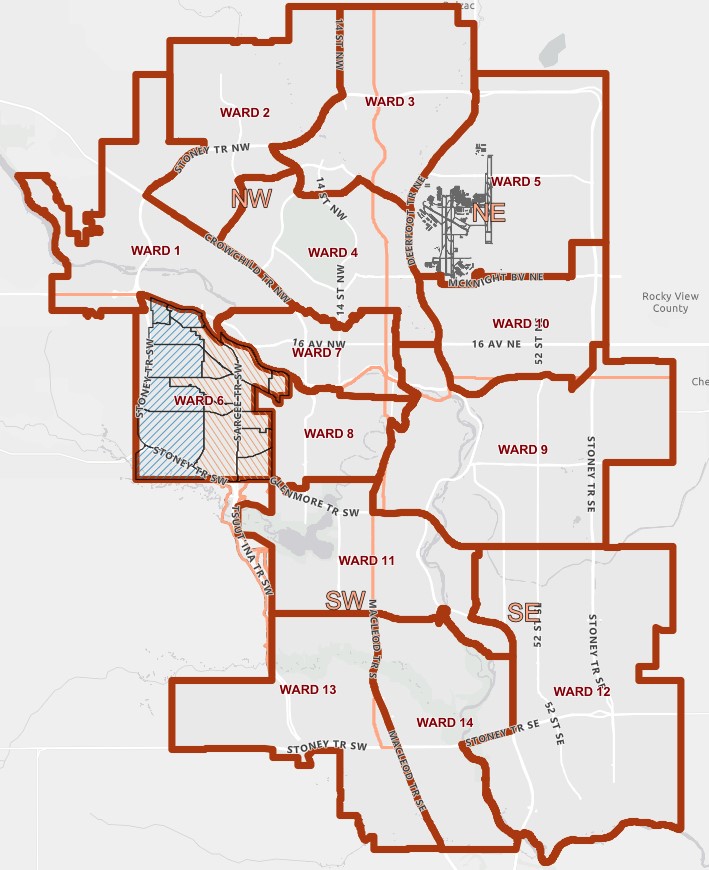
Voter Guides
Elections Calgary has provided information to voters on how to vote and what to expect on Election Day over the years.
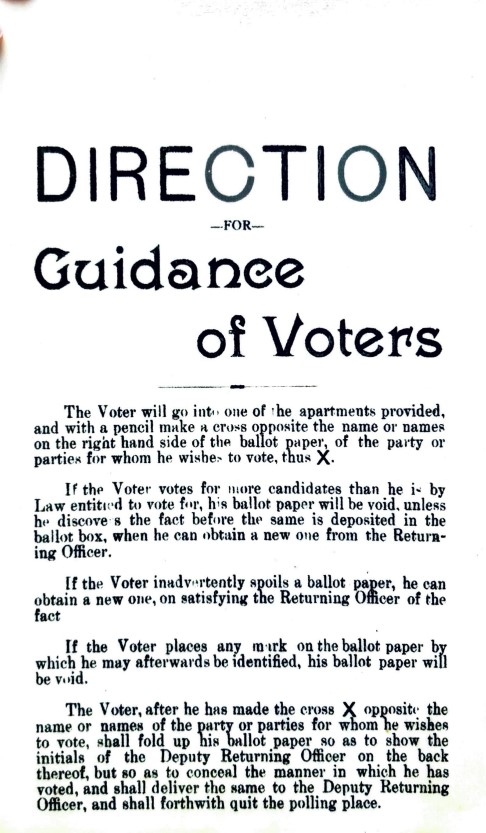
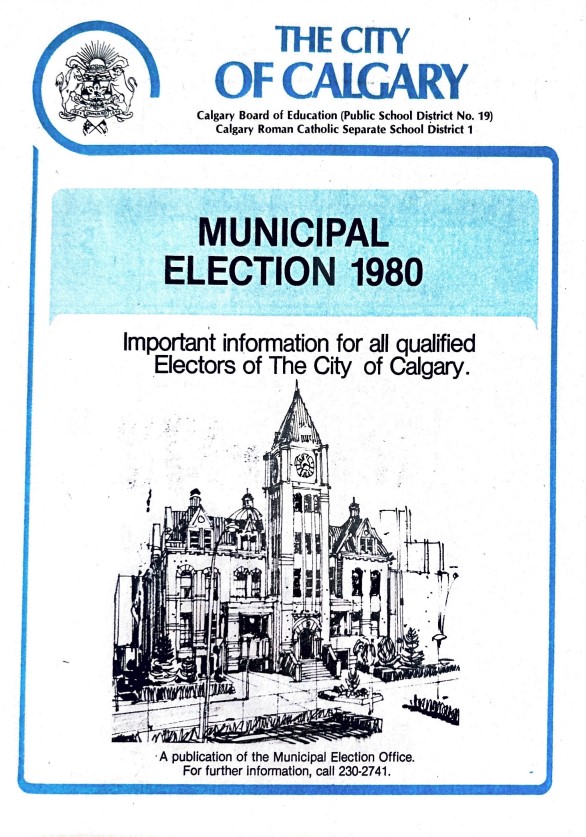
2021 - Present
2021 - Present
Technology and Elections
The 2021 General Election had the inclusion of tabulators to automate ballot counting, incorporating technology into the electoral process.
For the first time, Mayoral, Councillor, and School Trustee candidates were listed on a single ballot, and votes were scanned into the tabulator for counting.
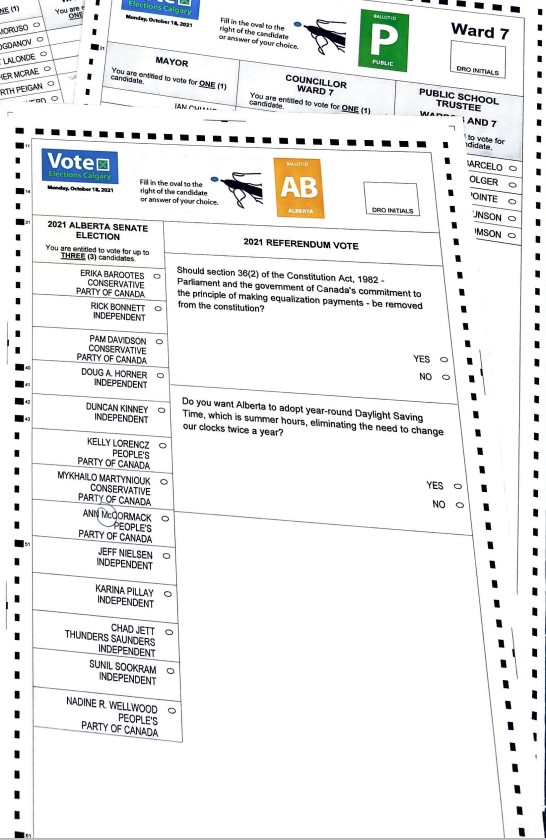
2025 General Election Changes
New provincial legislation governing municipal elections has resulted in changes in the delivery of Calgary’s 2025 General Election.
Kate Martin, City Clerk and Returning Officer, and Andrew Brouwer, Assistant Director, Elections and Strategic Engagement, appeared on the Calgary Conversations podcast to outline some of these changes.



